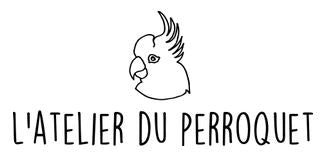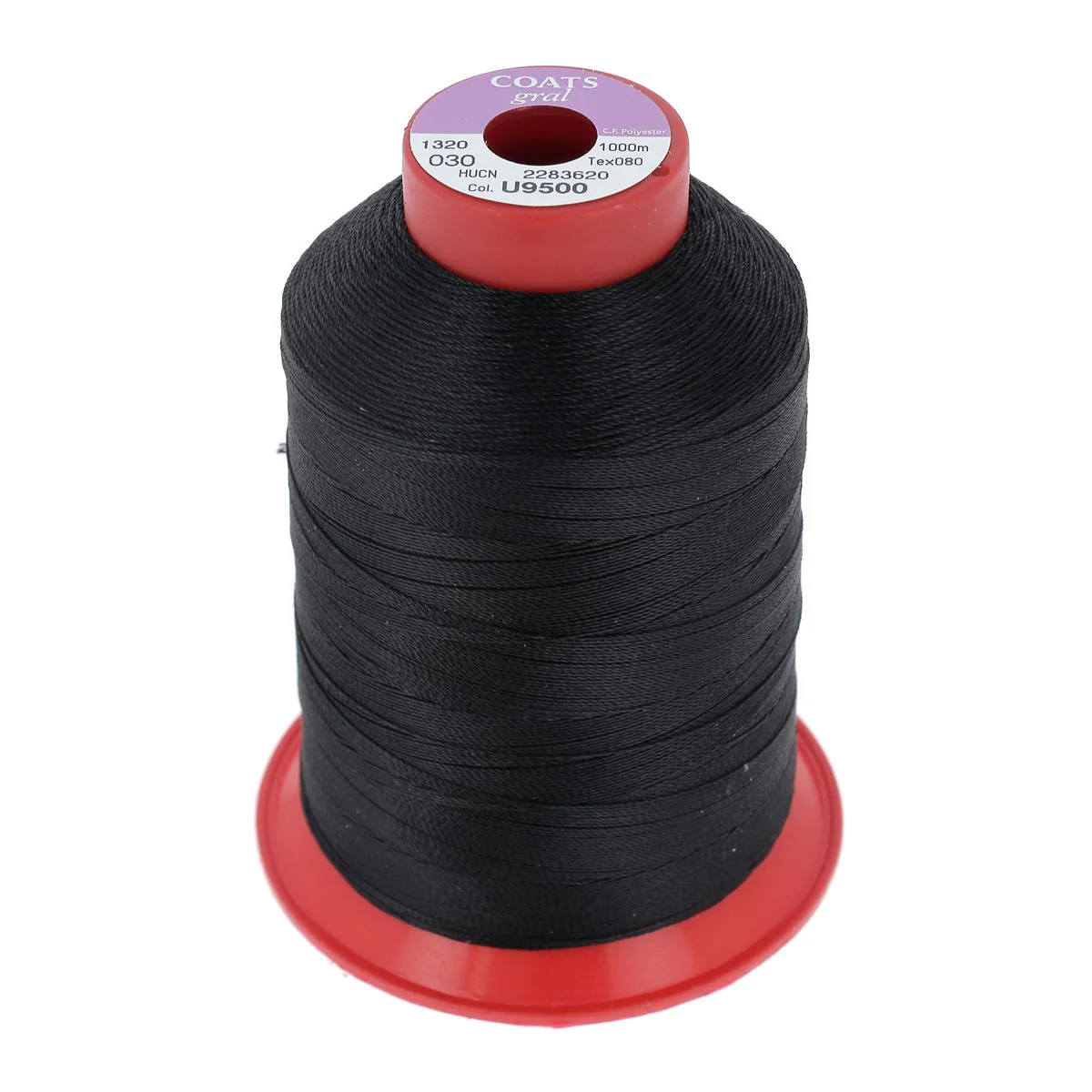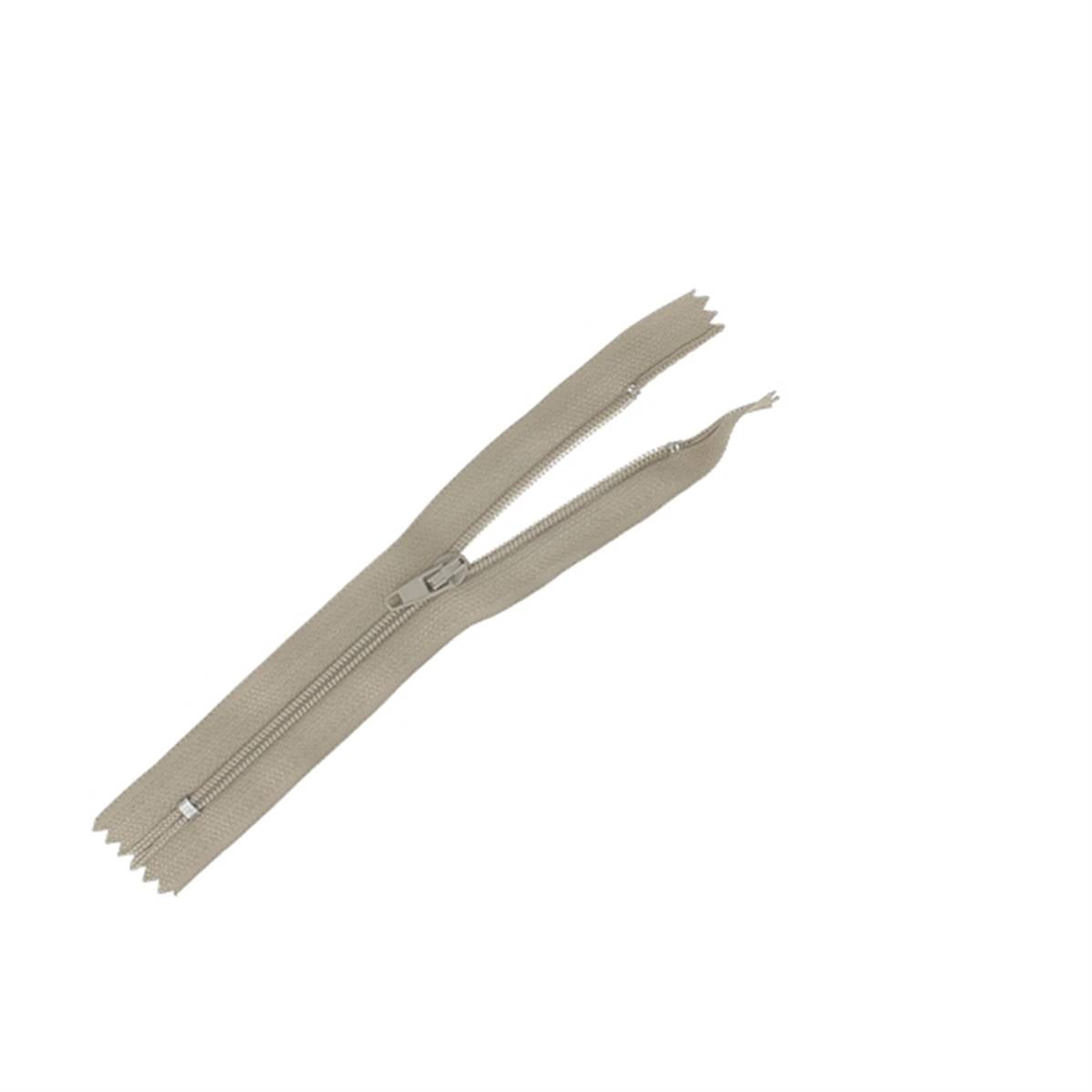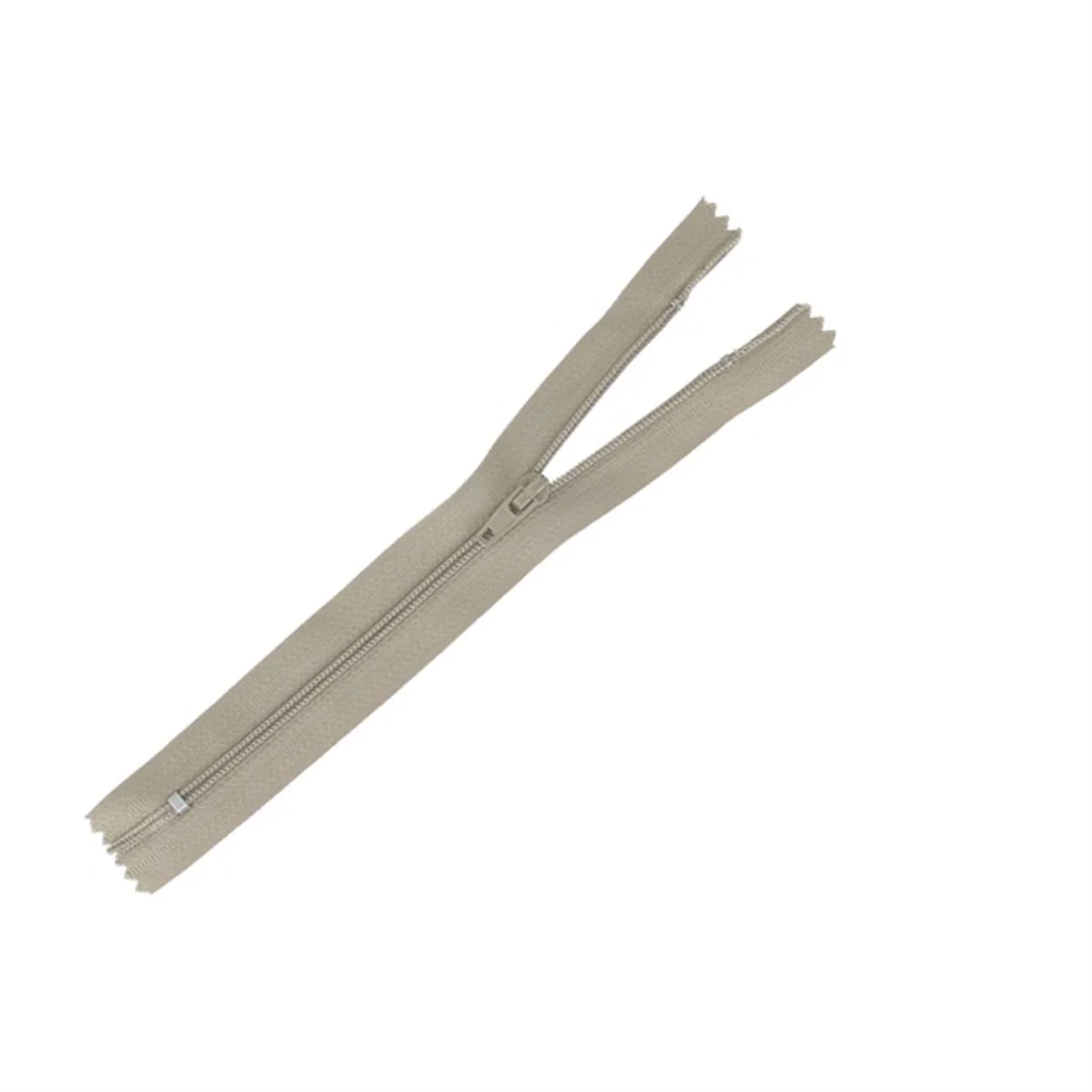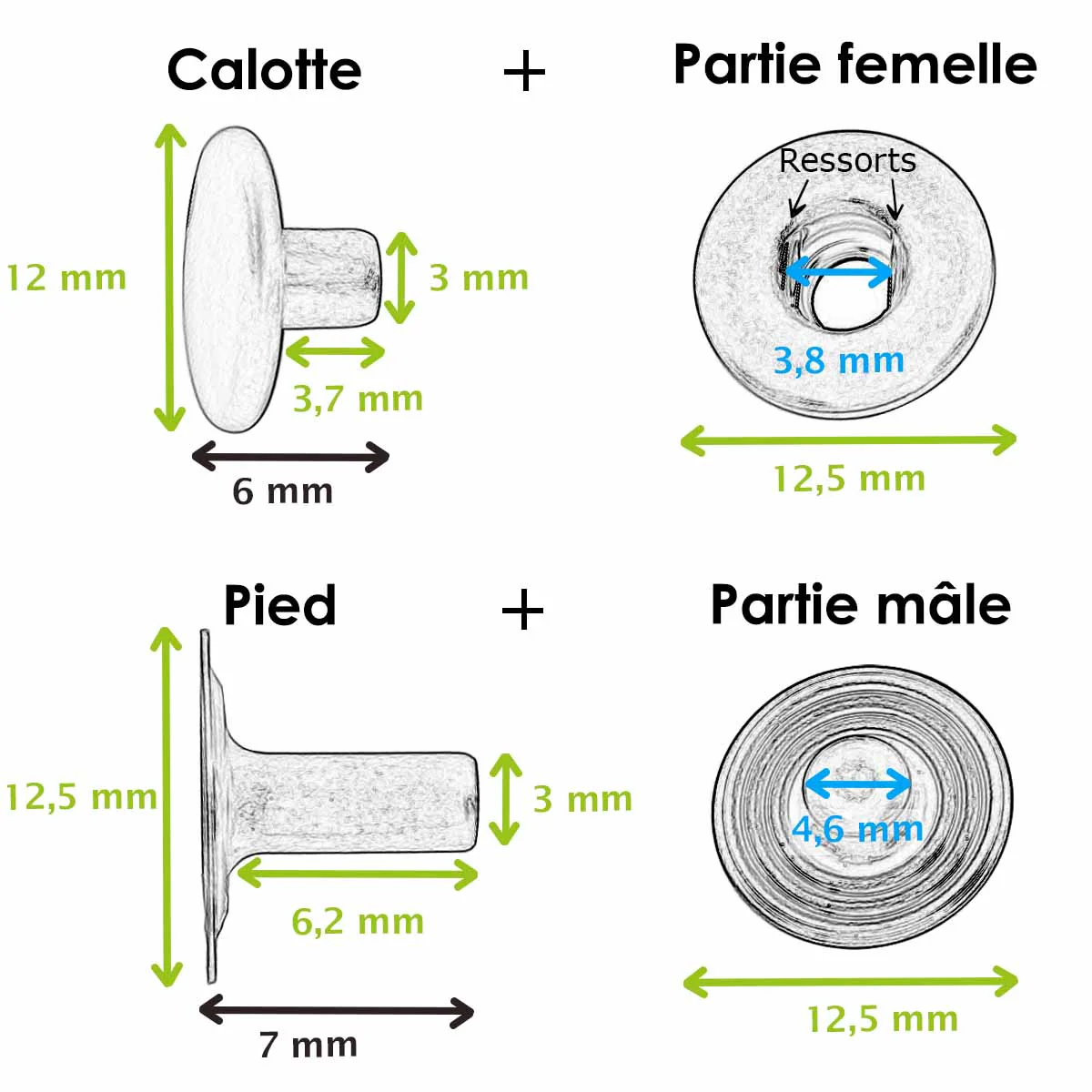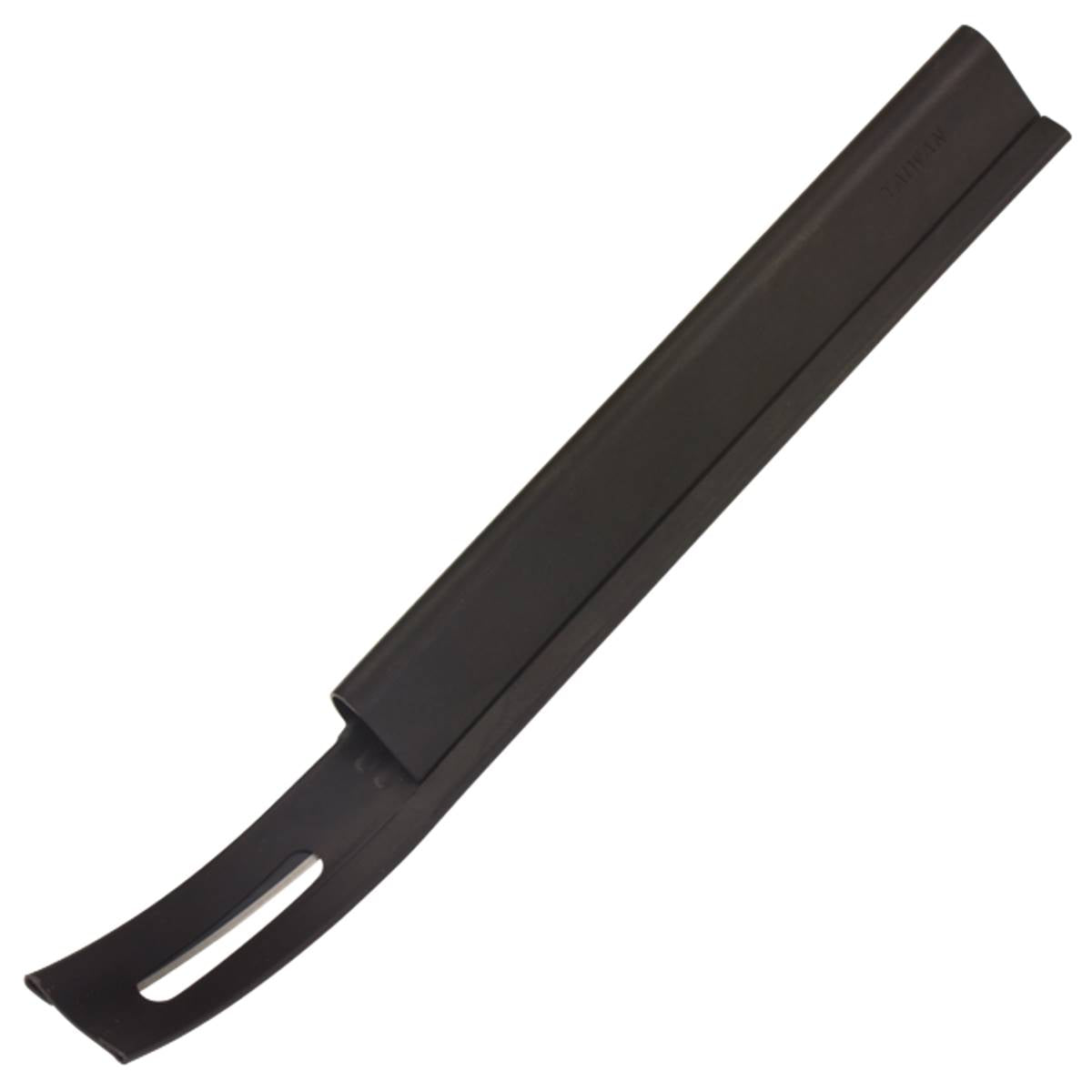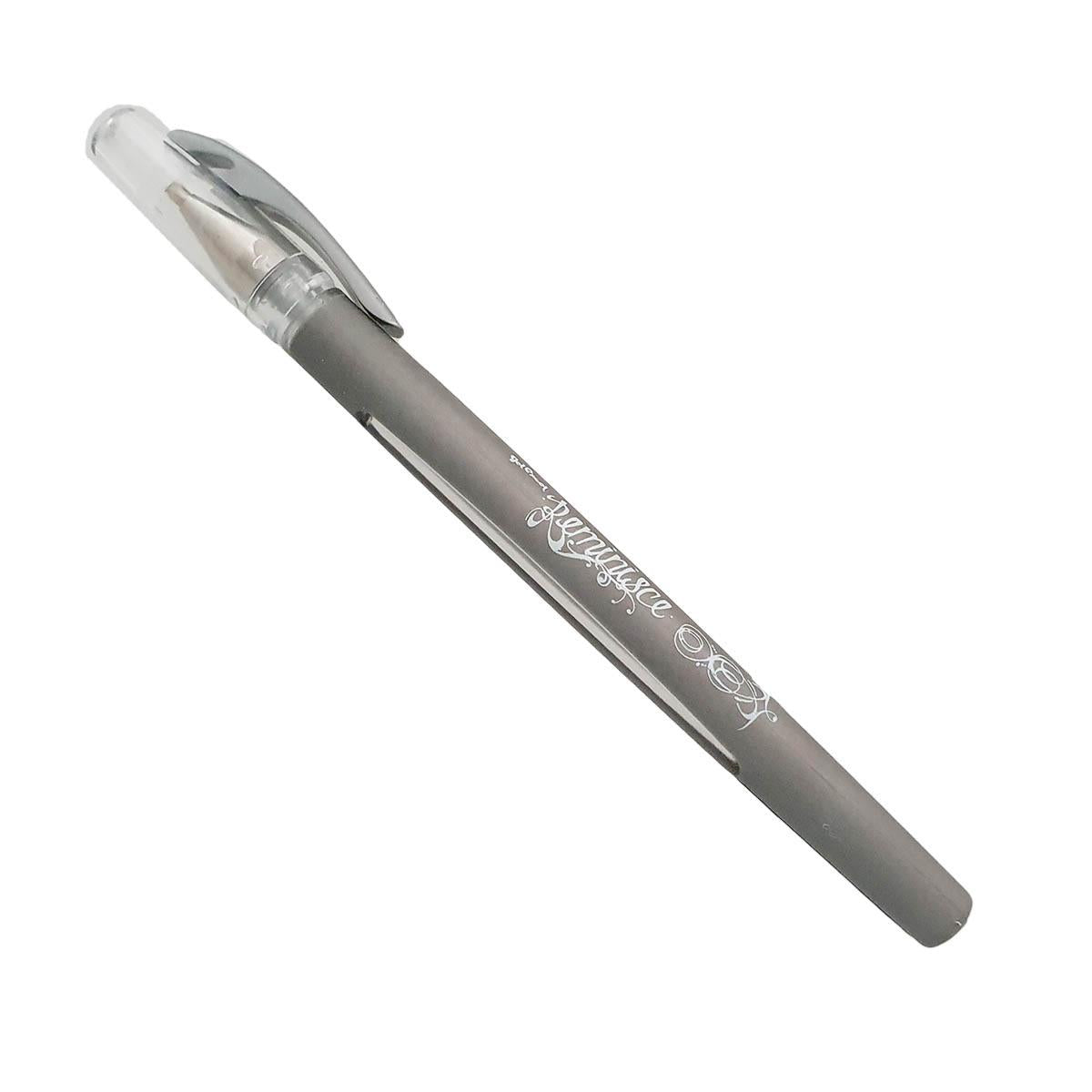THE NECESSARY EQUIPMENT
Without forgetting a sewing machine that accepts large thicknesses.
This version with "concho" is a bit complicated since the flap press studs are hidden. I advise you to proceed more simply and leave the pressures apparent.
You will also find, below, other versions of the Janis companion with pressures...
SEE OTHER VERSIONS >
HOW TO SEW LEATHER BY MACHINE?
LEXICON
Trimming: step which consists of refining the leather over a defined width, to avoid excess thickness and obtain flexibility.
Hemming: folding and gluing the leather, like a small hem, for a clean finish.
VIDEO TUTORIAL
We invite you to watch the video for a better understanding of the steps of the tutorial.
1. PRINT THE PATTERN
- Print the pattern. This one was created for a mate measuring 18.8 x 12 cm.
- With tape, assemble the parts: "Soufflet-1" and "Soufflet-2".
- Trace the templates on a light cardboard, cut them out carefully (do not cut out the curves, it is easier to do this afterwards).
2. TRANSFER THE TEMPLATES TO THE LEATHER
- Using the silver pencil, transfer the templates to the chosen leathers. Mark all the marks: the holes for the rivets, the middles, etc.
- Cut the leather pieces along the lines EXCEPT for the back of the companion and the flap for which you leave a margin of 5 mm all around (you will cut it again after the lamination on the lining leather: it is easier and especially much clearer!).
- Cut out the pieces using a ruler, a square and a cutter (or a pair of sewing scissors).
The pencil is erasable on most leathers with a simple eraser (do not use on vegetable tanned leather). We advise you to do a test beforehand to validate the erasable function on your leather.
3. LAMINATE THE FLAP AND BACK
- Laminate the flap and the back of the companion on the chosen lining leather: I have personally used the water-based glue from Deco Cuir for years with great satisfaction.
This version with "concho" is a little complicated since the pressures are hidden. We advise you to proceed more simply and leave the pressure visible.
4. PREPARE THE CB POCKET
- While the pieces are drying quietly: prepare the CB pocket (it is of course necessary to mark the middle of the piece vertically for the future seam, the location of the pressures and the rivets).
- Trim the top of the CB pocket by about 1.2 cm and tuck it in (glue and fold) by 1 cm, then stitch. If you don't have a trimmer or a trimming knife and your leather has enough grip, you can dispense with this finish: in this case, reduce your size by 1 cm in height.
- Then make the holes to install the snaps (the 2 feet - male part) and fit them (with the fitting tool of your choice). With the 3 mm round punch, make the holes for the foot.
- Then install the press studs with the appropriate tool and installation set.
- Finally, cut out the bottom corners of the pocket with a cookie cutter or with scissors (if you don't have a corner cookie cutter.
5. CUT THE 5 MM MARGIN OF THE FLAP AND BACK
- The flap and the back having dried, re-cut them to the right size by removing the 5 mm left in reserve.
6. TRIM THE SIDES AND BOTTOM OF THE FRONT PANEL
- Trim (if you can) the sides and the bottom of the front of the companion which will be lined by the back of the purse, to avoid too much thickness. But it's still optional
7. FIX THE CB POCKET ON THE FRONT PANEL OF THE COMPANION
- Fix the CB pocket on the front face of the companion with 5 mm double-sided as in the video (the pocket is positioned 1.5 cm from the bottom and sides of the front face)
- Stitch a half-circle, arriving at the center vertical line, do the card separation stitch going up and double the stitching going down, then finish stitching the rest of the pocket.
- Fit the T3 rivets (location of the holes indicated on the template).
8. ATTACH THE ZIPPER
- Still with 5 mm double-sided, position the zipper by “tucking in the ends a little” as in the video. Start with the front side of the companion, then take the back side (the one in slightly thinner suede) and take care that the two pieces are facing each other so that there is no there is no zipper shift. Stitch carefully.

9. GLUE THE FRONT AND BACK SEWING MARGIN
- Glue the seam margin of the front and back sides of the purse, about 5 mm, and join them carefully and as precisely as possible. Do not poke.
10. CUT CORNERS
- Cut with a cookie cutter (see video) all the angles that need to be cut (for this model, I use the Craftool 3780-02 cookie cutter from Deco Leather). If you don't have a cookie cutter, cut the corners with scissors.
11. ATTACH AND SEW THE FLAP TO THE BACK OF THE COMPANION
- It is time to attach the flap to the back of the companion, still with 5 mm double-sided adhesive tape, on the line 1.5 cm from the back of the companion (marked beforehand): use the template to position it correctly also in width. Prick. PLEASE NOTE: you only have to sew the edge so that the flap remains free: don't forget that you still have to fix the gusset!
- Place 2 T3 rivets (position of the holes indicated on the pattern).
12. ATTACH AND SEW THE BELLOWS TO THE FRONT PANEL
- All that remains is to attach the bellows to the front face of the companion (the wallet assembly actually now!). Of course, as you have carefully marked your midpoints, this will help you. This is the trickiest part, but if you apply yourself you should get a clean, crisp result. Don't forget that the leather is supple and will lend itself to your gestures! Stitch at the edge. Practice the same way to assemble the gusset on the back.

13. ATTACH THE SNAP BUTTONS ON THE FLAP
- Make the holes to install the snaps (head - female part) and fit them (with the fitting tool of your choice).
- With the 5 mm knockout punch, make the holes for the head.
- Then install the press studs with the tool and installation set of your choice.
" I hope that with this didactic tutorial and the video, you will be able to make yourself this pretty companion, I can't wait to see your creations! "
Pascale January
